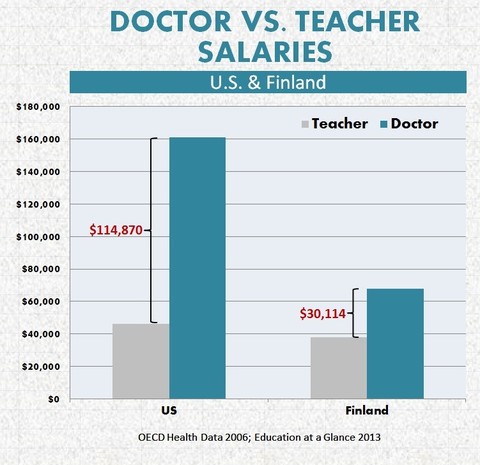Would there be a Toyota today?
According to Amanda Ripley (of Smartest Kids in the World fame), this is how we should fix teaching.
If the education community would like to see teacher quality improve, the first thing it needs to focus on is increasing the quality of ed schools. While some equate quality with difficulty (or high SAT scores), they’re not the same thing. In June, the National Council on Teacher Quality released a report on teacher preparation programs. Of the 18 standards it graded programs on, only one was devoted to selection criteria. The other 17 are focused on topics related to teaching — such as classroom management and early reading instruction — which few programs teach well. Schools should focus there first.
Next, districts need to pay teachers more. In Finland, teachers make less than doctors and lawyers, but Ripley argues that this is OK because respect serves as its own form of compensation. I don’t disagree, but there’s a difference between making less than other professionals and making less than their secretaries. Skilled professions in the United States are compensated far more handsomely than those in Nordic countries, including Finland (figure is PPP adjusted). Finnish teachers may have their countrymen’s utmost respect despite lower compensation, but their salaries are not dramatically lower. Between the average primary school teacher in the U.S. and the average general practitioner is $115,000 per year — 250 percent the average teacher salary ($46k). Or to put it another way, enough to buy a Tesla Model S.
Then, and only then, will we see the field of teaching rise in prestige. Ripley simply has it backwards. Better products demand higher prices, and better jobs attract greater candidates. Toyota didn’t make their cars harder to buy when customers became worried about quality; they improved themselves. If a car company can get it, I dare say so can the rest of us.
Matt Richmond is a research analyst for a DC-based think tank. Reach him via email or Twitter.


 RSS Feed
RSS Feed